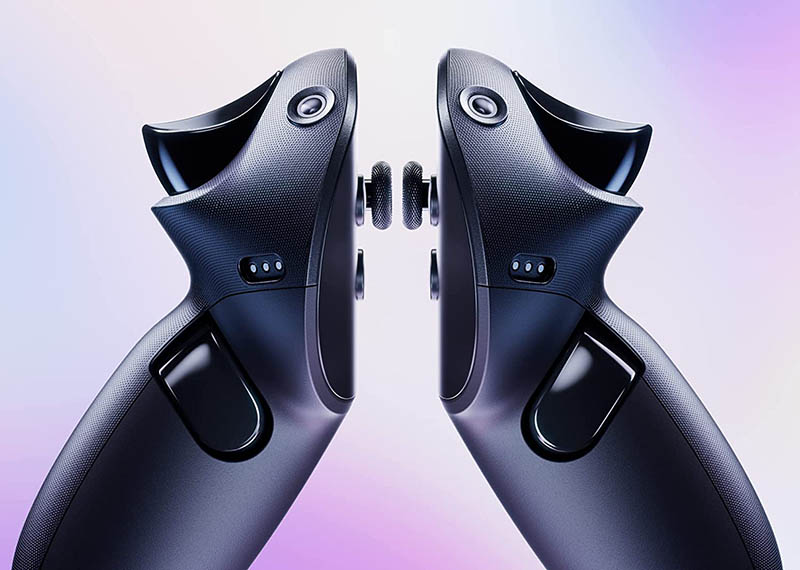All You Need to Know About Meta Quest Pro
After much speculation and hype, Meta unveiled its follow-up to the mega-selling Meta Quest 2 in October at its Meta Connect 2022 event. Receiving ample press and igniting a wave of instant pre-orders, Meta Quest Pro was promised to offer the next generation of VR technology in a modest form factor suited to a wide range of uses. Now, a month after the unit started shipping, it’s the perfect time to take a strongly considered look at Quest Pro.

Stepping Up Your VR Game
Upon announcement, it became apparent that Meta Quest Pro would offer some substantial upgrades for Quest 2 users even though it was targeted at different use cases. Where Quest 2 aimed to be an all-around entertainment and productivity machine, Quest Pro was more clearly geared toward business, industrial and educational use. That said, anyone eager to upgrade could reasonably accept Quest Pro as their next VR device purchase.

Meta Quest Pro’s display not only offers greater clarity than Quest 2 with a 75% increase in contrast, 37% more pixels, and a 30% increase in color range, it delivers these improvements in a smaller physical package. Quest Pro’s pancake lenses are thinner and lighter than the previously standard Fresnel lenses, helping bring the comfort factor of Quest Pro to a level not yet seen from Meta. Quest Pro may be slightly heavier than Quest 2, but it doesn’t feel like it is. Better balancing helps the unit be worn for longer without fatigue. A rear-mounted battery adds to this higher comfort level.
Features for the Future
Quest Pro can handle all the tasks required by any Quest 2 user, but it also offers new opportunities that cement it as a valuable addition to the VR hardware landscape. Color passthrough marks a significant improvement over the monochrome version most units offered, and although it doesn’t quite deliver strong enough resolution to enable users to, for example, read text off a smartphone screen, it does allow for hybrid use in VR and the real world simultaneously. Marketed not as a solely VR device but as a Mixed Reality device, Quest Pro can overlay virtual elements on a real-world environment. It will be very interesting to see how this feature is utilized by developers further into the life of the device.
New Kinds of Control

Much has been made of Meta’s commitment to face and expression tracking technology, and Quest Pro is the first device to truly advance that cause. Avatars can now match facial expressions during meetings or social engagements, amplifying non-verbal communication to a state much closer to real life where it is arguably more important than the spoken or written word. Eye tracking enables users to use their gaze in place of traditional control inputs, letting them direct a cursor or make menu selections with their gaze. Quest Pro has other means of control, though, and they, too, are a step up from previous devices.
Quest Pro comes packaged with freshly designed controllers aimed at streamlining operation and expanding possibilities for deep levels of control while in VR and MR. The Quest Pro Touch Controller offers improved tracking, a stylus tip for precise control requirements like writing text or drawing, a bundled charging dock for easy recharging, and internal batteries, so you’re never left digging through a drawer for a spare AA battery.

Meta Quest Pro is already proving a valuable addition to many users’ VR arsenal, its blend of VR and MR utilities offering new solutions to longstanding problems and presenting new opportunities that will shape the development of the next generation of VR and MR tech.

